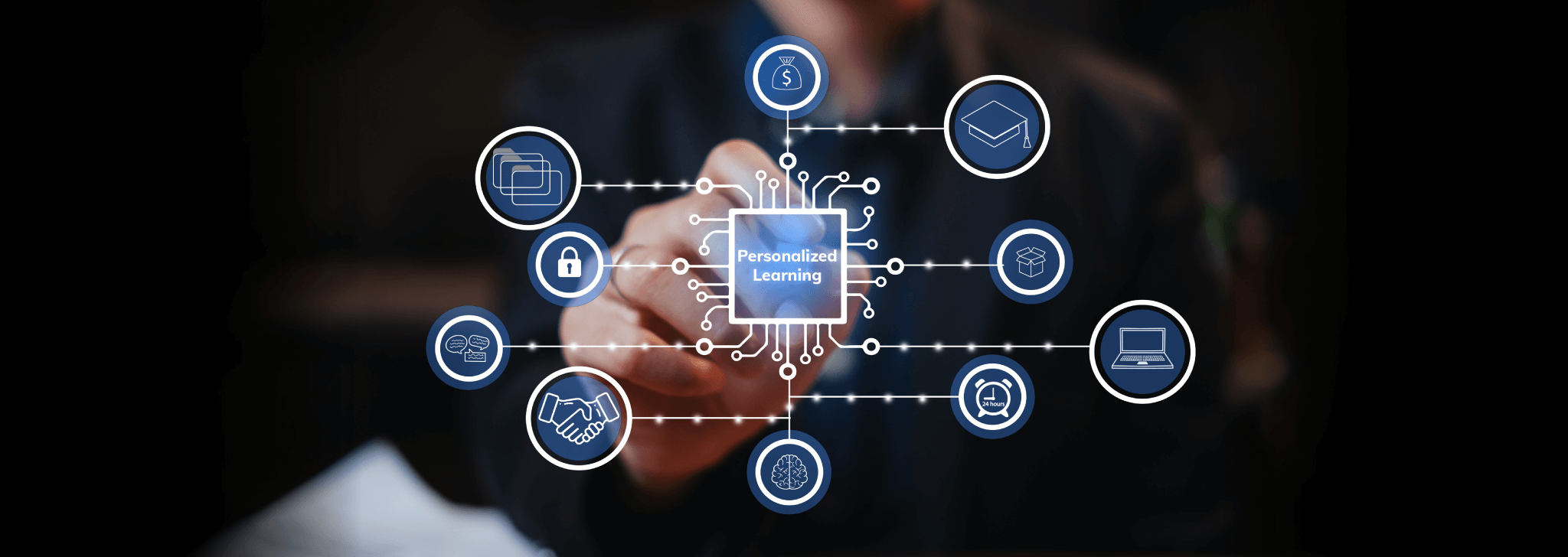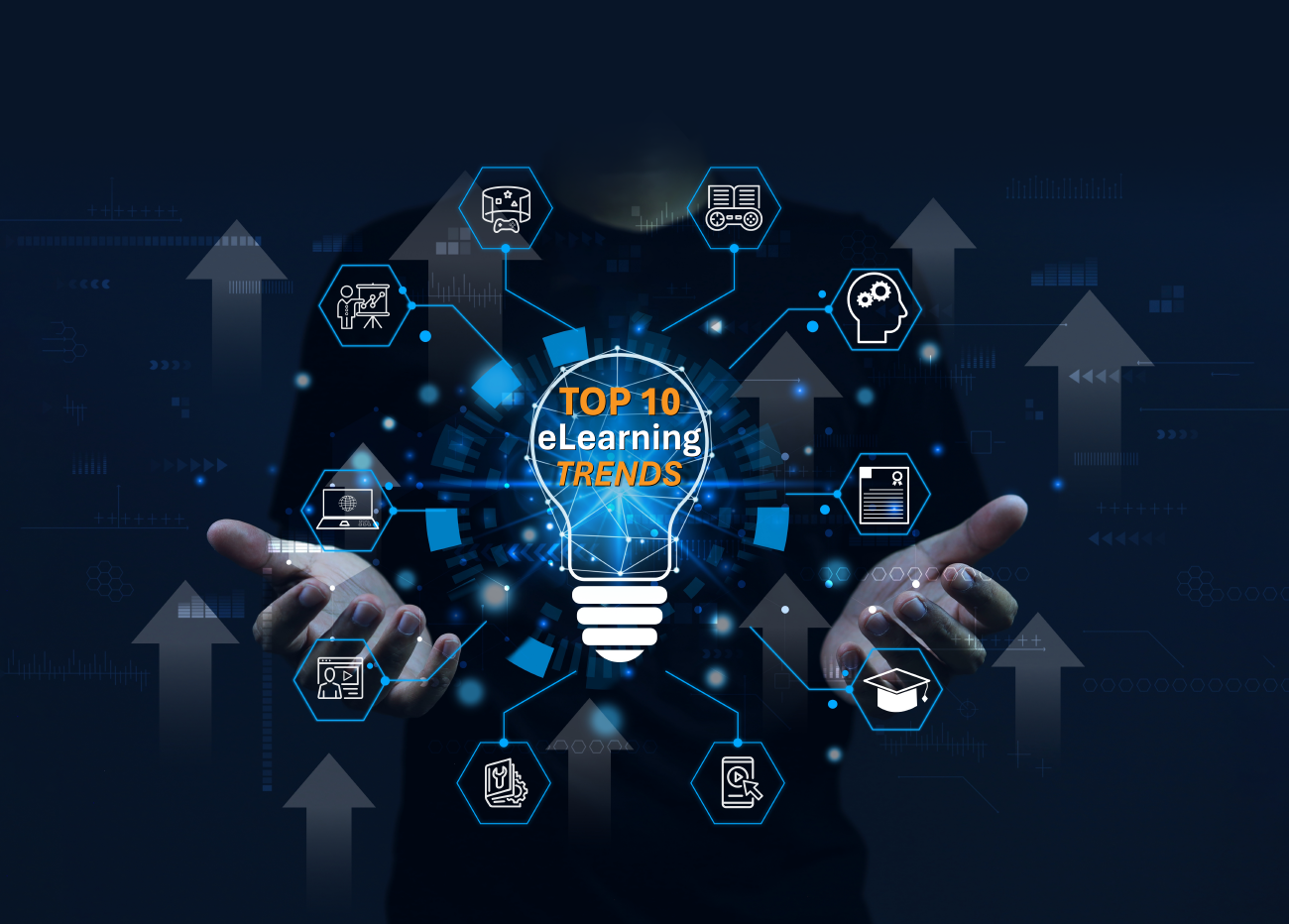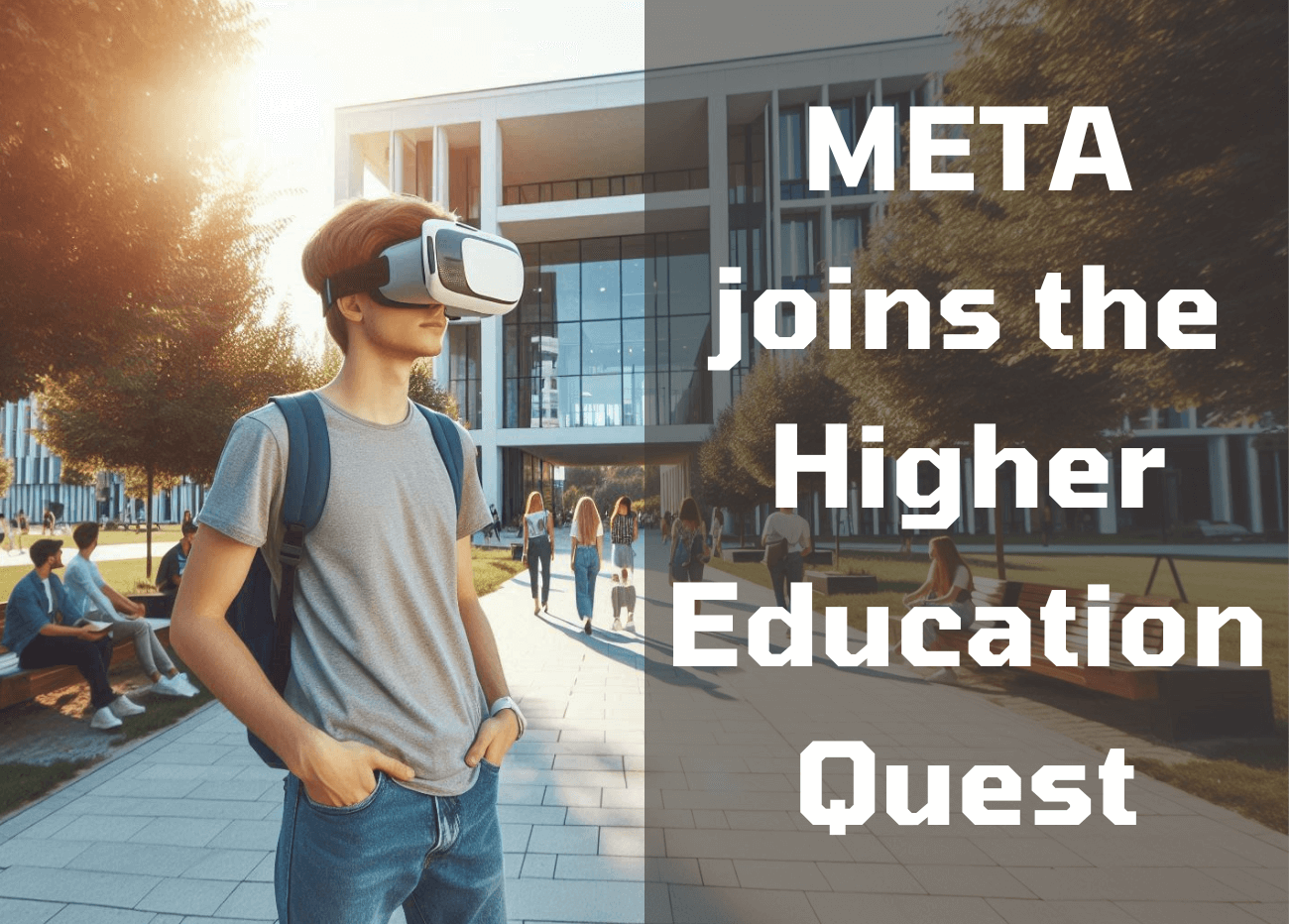Personalized Learning: The Future of Higher Education
If Spotify, Netflix, or Amazon dominate your screen time, you’re already familiar with personalization—algorithms curating playlists, shows, content or products tailored to your tastes. Higher education is now embracing this same principle, leveraging artificial intelligence (AI) and big data to redefine how students learn. As the digital education revolution accelerates, personalized learning has emerged as a cornerstone of modern academia, promising to transform rigid, one-size-fits-all models into dynamic, student-centered experiences. This shift isn’t just a trend; it’s the future.
What Is Personalized Learning?
Personalized learning is an educational approach that tailors instruction, pacing, and content to meet individual students’ needs, strengths, and goals. Unlike traditional lecture-based models, where all students follow the same curriculum, personalized learning uses data analytics and AI to create adaptive pathways. For example, platforms like Knewton (personalized content higher education in STEM fields) or Coursera (professional development) adjust course materials based on a learner’s performance, offering remedial resources for struggling students or advanced challenges for those excelling.
At its core, personalized learning recognizes that students have diverse learning styles—some thrive with visual aids, others through hands-on projects or textual analysis. By integrating AI-driven insights, universities can deliver customized experiences that mirror the intuitive recommendations of Netflix or Instagram, but with a critical twist: fostering deeper intellectual growth.
The Benefits of Personalized Learning
- Enhanced Student Engagement
Personalized learning meets students where they are. For instance, Arizona State University’s adaptive math courses use real-time analytics to identify knowledge gaps (ALEKS system), serving targeted exercises to keep learners motivated. This approach reduces dropout rates and fosters intrinsic motivation by aligning coursework with individual interests—imagine a history major analyzing primary sources via interactive timelines while an engineering student tackles coding simulations. - Improved Academic Outcomes
Studies show personalized learning boosts retention and mastery. At Georgia Tech, an AI teaching assistant named Jill Watson answers student queries 24/7, freeing professors to focus on high-impact mentoring. Such tools ensure no student falls behind, bridging gaps before they widen. - Flexibility for Diverse Lifestyles
Adult learners balancing jobs or family responsibilities benefit from self-paced modules. Southern New Hampshire University’s competency-based programs allow students to progress upon mastering skills, not just logging hours—a model reflecting the on-demand convenience of Amazon. - Inclusivity and Equity
Customizable content accommodates disabilities, language barriers, or cultural contexts. For example, platforms like Blackboard Ally automatically convert course materials into accessible formats (e.g., audio for visually impaired learners), ensuring equitable access.
The Future of Personalized Learning
As AI and edtech evolve, personalized learning will deepen across six key dimensions:
- One-on-One AI Tutoring
Tools like Carnegie Learning’s MATHia simulate human tutors, offering real-time feedback and emotional support. Future systems may use natural language processing to debate philosophy with students or guide lab experiments via augmented reality (AR). - Virtual and Remote Immersion
Hybrid classrooms will leverage VR for immersive experiences—medical students performing virtual surgeries or archaeology majors excavating digital ruins. Platforms like Labster already offer VR labs, democratizing access to expensive equipment. - Continuous, Lifelong Learning
Micro-credentials and blockchain badges (e.g., MIT’s Digital Certificates) will let professionals upskill seamlessly. Imagine a nurse earning a blockchain-verified AI diagnostics badge between shifts, stored in a lifelong LinkedIn portfolio. - Adaptive Ecosystems
AI will dynamically adjust curricula based on labor market trends. If demand for quantum computing surges, courses could auto-update to include relevant modules, much like Netflix adds trending shows. - Collaborative Personalization
Group projects will be optimized by AI, pairing students with complementary skills. Harvard’s Collaborative Learning Platform already uses analytics to form diverse teams, mimicking workplace dynamics. - Equitable Access
AI can mitigate biases by identifying underserved students. For example, Civitas Learning predicts at-risk learners and triggers interventions, such as tutoring or financial aid guides.
- One-on-One AI Tutoring
How AI Enhances Personalized Learning
- Self-Paced Learning: Platforms like Khan Academy let students progress at their speed, revisiting concepts until mastery.
- Instructor Insights: Analytics dashboards highlight class-wide trends, helping professors refine teaching strategies.
- Dynamic Curriculum Design: AI tools like Content Technologies, Inc. generate customized textbooks, shortening update cycles from years to days.
- Skill Gap Bridging: LinkedIn Learning’s AI recommends courses based on career goals, closing gaps between education and employment.
- Engagement Boosters: Gamified elements to drive a learning habit (e.g., Duolingo’s streaks) paired with personalized content keep students invested.
Challenges and Considerations
While promising, personalized learning faces hurdles:
- Data Privacy: Safeguarding student information is critical as AI relies on vast datasets.
- Digital Divides: Not all institutions can afford cutting-edge tech, risking equity gaps.
- Faculty Training: Educators need support to transition from lecturers to facilitators of personalized journeys.
Conclusion
Personalized learning isn’t merely a buzzword—it’s a paradigm shift. By harnessing AI, big data, and immersive tech, higher education can evolve from factory-style classrooms to nurturing ecosystems where every student thrives.The future of education isn’t just personalized; it’s boundless.
- Debdut Pramanickhttps://www.mitrmedia.com/resources/blogs/author/debdutp/
- Debdut Pramanickhttps://www.mitrmedia.com/resources/blogs/author/debdutp/
- Debdut Pramanickhttps://www.mitrmedia.com/resources/blogs/author/debdutp/
- Debdut Pramanickhttps://www.mitrmedia.com/resources/blogs/author/debdutp/




